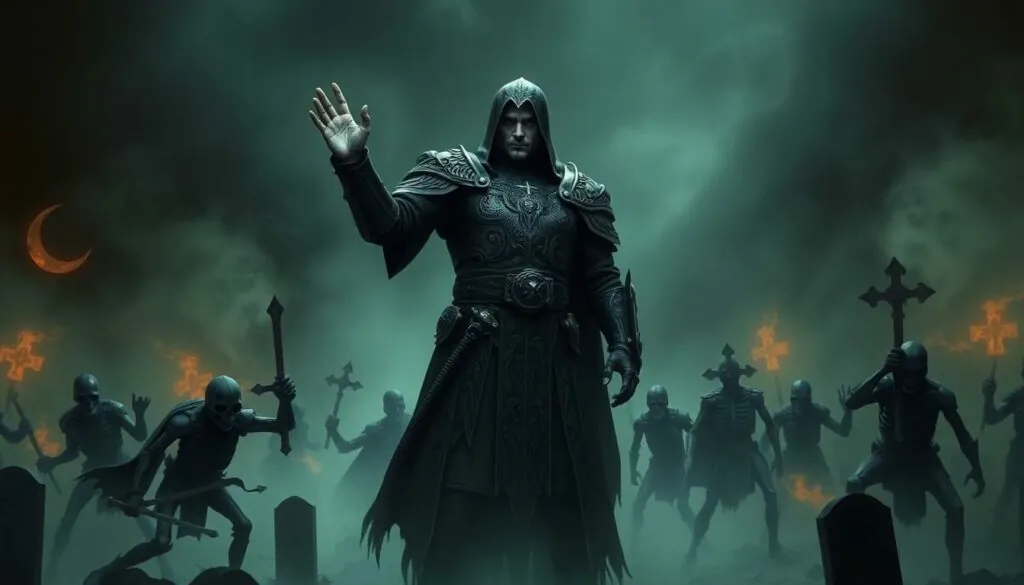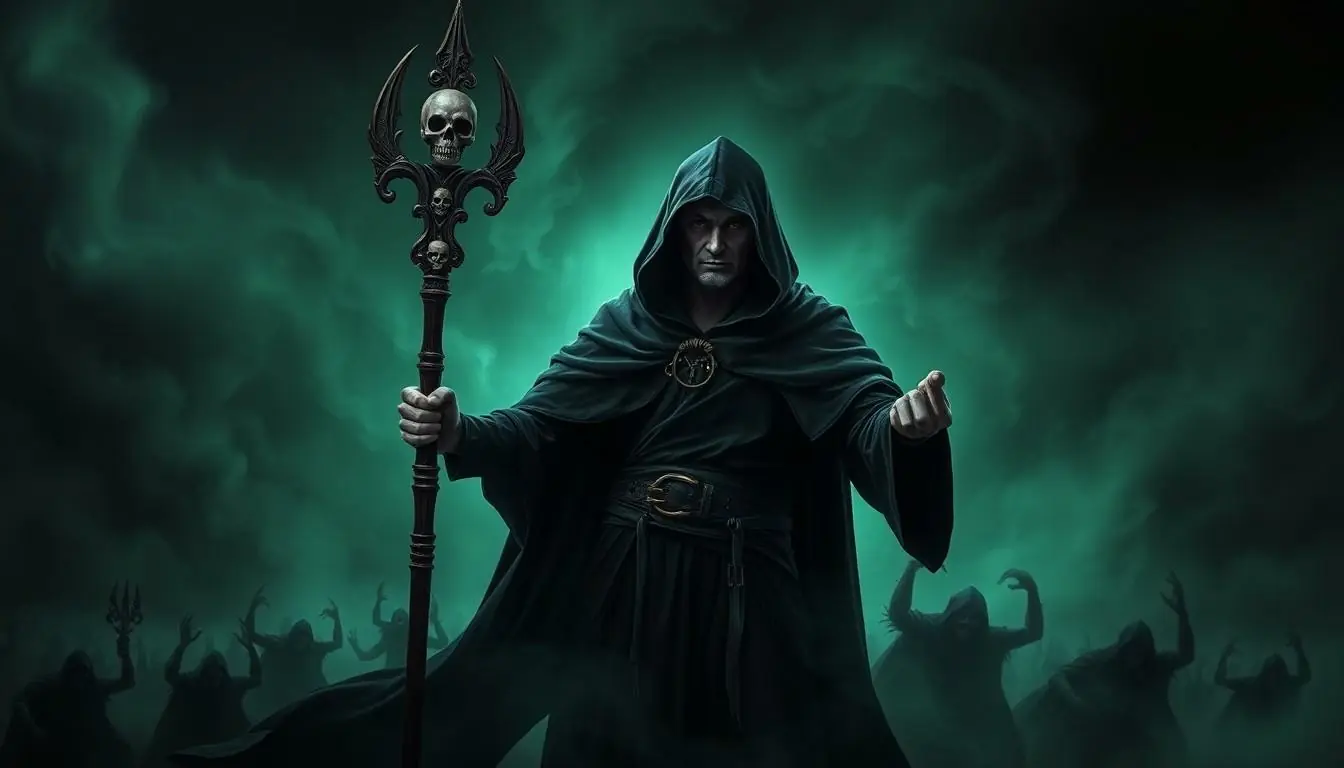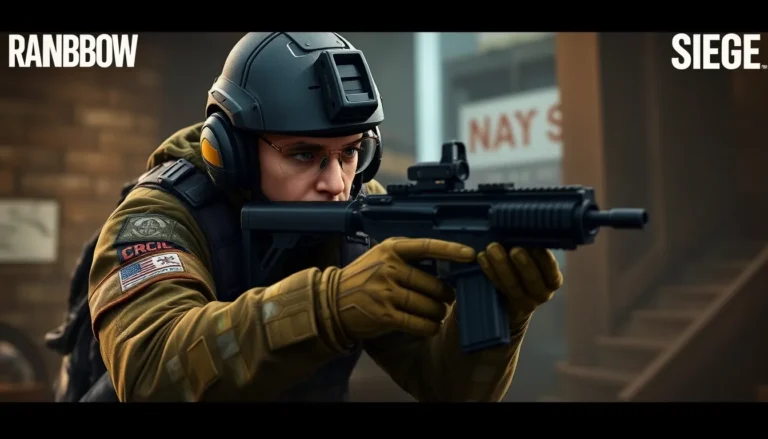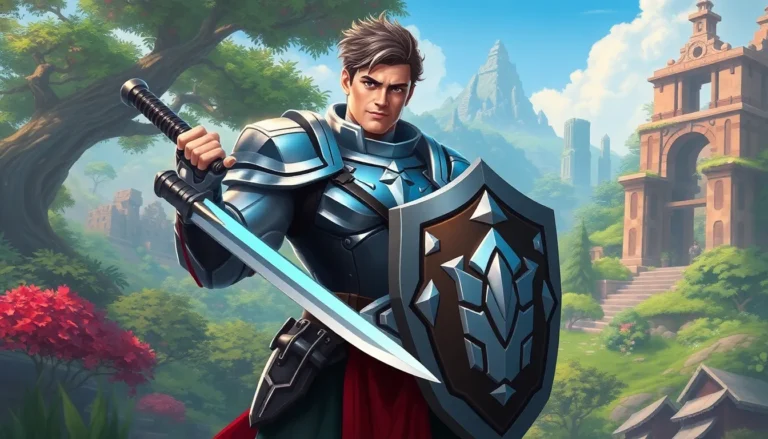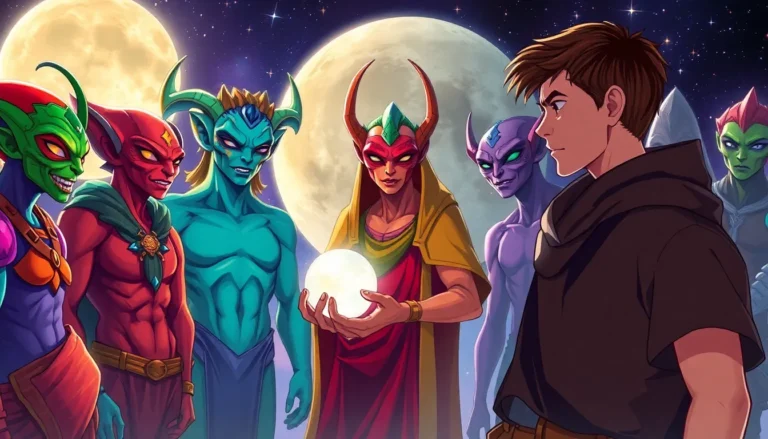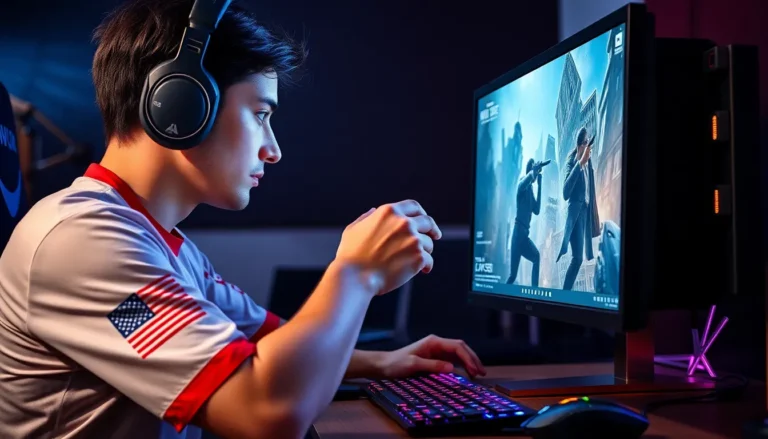Table of Contents
ToggleIn the vibrant world of Guild Wars 2, necromancers are the ultimate dark sorcerers, wielding the power of death like a magician pulls rabbits out of hats. If you’ve ever wanted to summon an army of the undead while casually sipping your morning coffee, this is the class for you. With a flair for the dramatic and a penchant for raising the fallen, necromancers bring a unique twist to the battlefield that even the most seasoned players can’t ignore.
Overview of Necromancer Class
Necromancers in Guild Wars 2 embody dark sorcery, manipulating the forces of death to serve their commands. This class captivates players with its ability to summon and control undead beings, creating a compelling gameplay experience.
Brief History of Necromancers in Guild Wars 2
Necromancers have roots deep within the lore of Tyria, with their emergence dating back to ancient times. The class originates from the Needles, where the mists of death influenced their art. Players in Guild Wars 2 witness the evolution of necromancers, reflecting changes in both gameplay and story. Creators designed this class to challenge traditional notions of power, combining magic and tactical prowess. As the game’s narrative expanded, necromancers showcased their abilities during key events such as the rise of Zhaitan.
Role in Gameplay
In gameplay, necromancers excel at controlling the battlefield through unique mechanics. They wield the power of minions, allowing them to summon creatures that fight alongside them. Damage output remains a core aspect of their role, utilizing Life Force to unleash devastating skills. They can inflict conditions and manipulate wounds to weaken foes, enhancing group effectiveness. The flexibility of the necromancer class facilitates various playstyles, catering to support, damage, and crowd control. Furthermore, their ability to endure harsh conditions makes them formidable in both PvE and PvP scenarios.
Gameplay Mechanics
Necromancers in Guild Wars 2 exhibit a rich array of gameplay mechanics that enhance their unique dark sorcery. Their abilities promote an engaging combat experience.
Core Abilities
Core abilities empower necromancers to manipulate life and death. The Reaper Shroud transforms them into a formidable adversary, enabling powerful melee attacks. Conditions inflict damage over time and provide control over opponents. Minion summoning allows the creation of undead allies, diversifying combat options. Utilization of Life Force enhances skill effectiveness, providing a dynamic resource management system. These core mechanics form the foundation of the necromancer’s gameplay experience.
Specializations
Specializations expand the necromancer’s capabilities significantly. The Death Magic specialization amplifies conditions and enhances minion power, establishing a strong presence on the battlefield. A focus on Blood Magic allows for effective self-sustain and healing through damage dealt. In contrast, the Spite specialization boosts the potential for crowd control and conditions. Each specialization promotes different playstyles, offering players varied approaches to combat and group dynamics.
Weapon Choices
Weapon choices play a crucial role in shaping necromancer gameplay. Staffs provide strong area-of-effect damage and support through abilities that deliver condition damage. Swords enable quick, close-range attacks, enhancing mobility in combat. The axe serves as a powerful option for condition-focused builds, offering bleed effects. Focus weapons grant defensive options and essential utility skills. Selection among these weapons tailors the necromancer’s role to player preferences and combat situations.
Strategies and Tips
Effective strategies enhance the necromancer’s gameplay experience in Guild Wars 2. Players can implement various techniques to optimize their performance in both PvE and PvP contexts.
Leveling Guide
Prioritize abilities that support survivability while leveling. Focus on traits that enhance Life Force gain and condition damage, allowing for a more effective combat style. Utilize summons like minions to absorb damage and distract enemies. Engaging in dynamic events and embracing a mix of solo and group activities accelerates the leveling process. Players should also equip weapons that suit their preferred playstyle, opting for staves to maximize area damage or swords for increased mobility.
PvE vs. PvP Tactics
Adapt tactics for PvE and PvP scenarios to achieve the best results. In PvE, concentrate on crowd control and AOE abilities to manage larger groups of enemies effectively. Summoning minions proves invaluable in this format, allowing for a more resilient presence on the battlefield. When transitioning to PvP, focus on burst damage and the application of conditions to outpace opponents. Positioning plays a critical role in PvP; utilizing terrain and movement can create strategic advantages. Understanding enemy weaknesses, along with precise skill rotations, ensures a competitive edge in both formats.
Community Feedback and Meta Analysis
Community feedback on necromancers in Guild Wars 2 highlights their effectiveness and unique playstyle. Many players praise their ability to summon minions for added combat support. Feedback frequently emphasizes the necromancer’s versatility, making them suitable for various roles in both PvE and PvP settings. Players appreciate the balance between damage output and survivability, often citing their crowd control capabilities as essential for group dynamics. Reviews reflect a strong affinity for the Reaper specialization due to its impactful melee combat features. Overall, community opinions indicate satisfaction with the current state of the necromancer class.
Player Reviews
Player reviews reveal varied experiences with necromancers. Some highlight the enjoyment of playing as a minion master, experiencing the thrill of commanding several undead allies. Others express appreciation for the flexibility in crafting builds, allowing for unique approaches tailored to personal playstyles. The combination of condition damage and Life Force management resonates well among PvE enthusiasts. Feedback often points to the learning curve associated with mastering the class, encouraging new players to practice and refine their skills. While some players identify weaknesses in specific matchups, the majority regard necromancers as viable choices across all gameplay modes.
Current Meta Trends
Current meta trends demonstrate the necromancer’s solid presence in both PvE and PvP formats. In PvE, many players favor builds that maximize condition damage, enhancing performance in group content. Popular traits in the meta include those that amplify Life Force gain, allowing for sustained damage output. Conversely, in PvP, burst damage builds gain traction, with players opting for quick engagements and tactical positioning. The prevalence of Death Magic and Spite specializations shapes competitive play. Observations show that players adapting quickly to meta shifts often outperform those who don’t adjust strategies. Overall, the necromancer remains a strong contender in the evolving gameplay landscape, solidifying its role in the ongoing balance of Guild Wars 2.
Conclusion
The necromancer class in Guild Wars 2 stands out as a compelling choice for players seeking a unique and immersive experience. With their ability to command the forces of death and summon undead allies, they offer a gameplay style that’s both versatile and strategic. As the meta evolves, necromancers continue to adapt, maintaining their relevance in both PvE and PvP settings.
Players can enjoy a rich array of mechanics that enhance their dark sorcery, allowing for tailored builds and playstyles. The community’s feedback reflects a strong appreciation for their crowd control and survivability, making them formidable opponents. As players explore the depths of Tyria, the necromancer remains a powerful ally in the ongoing battles of Guild Wars 2.

